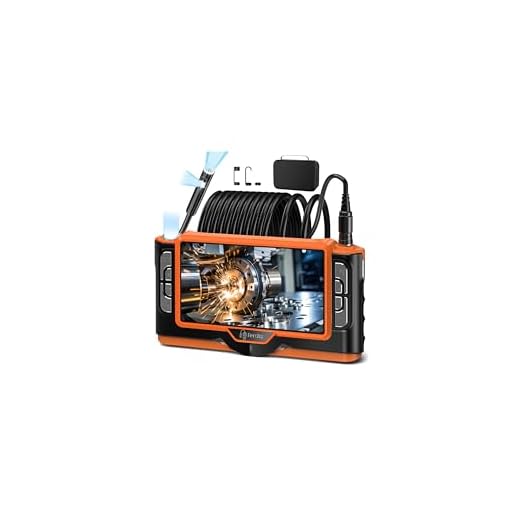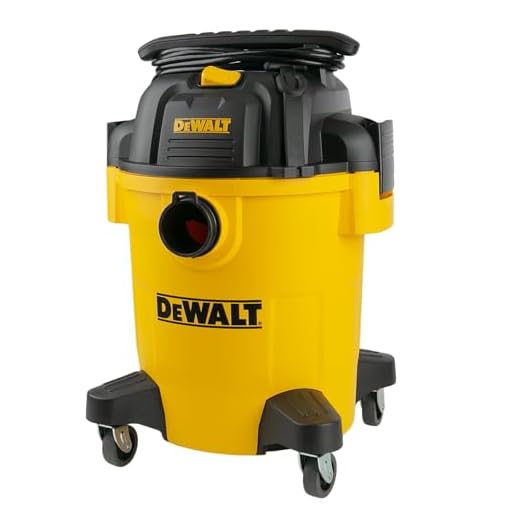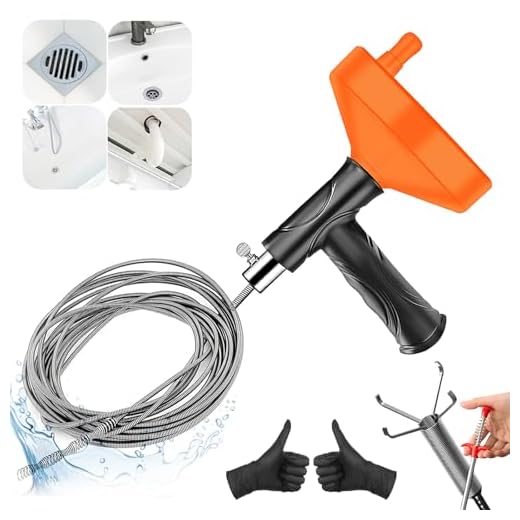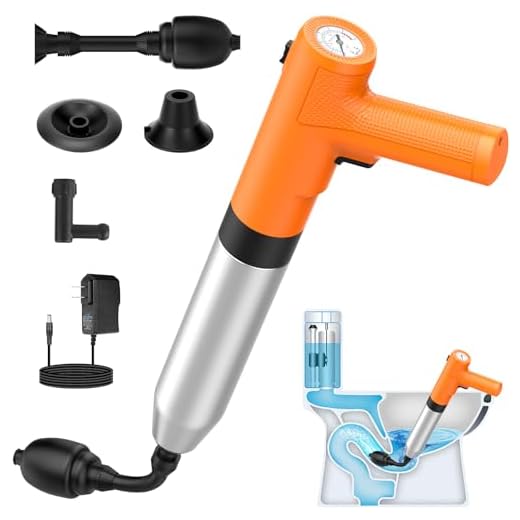



Utilising high-pressure water jets can be an advantageous method for resolving stubborn blockages in plumbing systems. The force generated can dislodge debris, grease, and even tree roots that accumulate over time. It’s important to select an appropriate nozzle, as a pinpoint stream can reach deep into pipes, while a broader spray allows for wider coverage.
Before proceeding, ensure that the pipes are compatible with high-pressure techniques. PVC and metal pipes often withstand this treatment well, but older clay or brittle systems may risk damage. Consider employing a camera inspection tool first to assess the blockage and pipe condition, providing crucial information before initiating any cleaning method.
For optimal results, maintain a steady movement along the affected area to prevent excessive pressure in one spot. This ensures thorough clearing of the blockage without risking pipe integrity. Additionally, pair this method with biodegradable drain cleaners to dissolve residual build-up, enhancing overall efficacy.
Be prepared with safety gear, as high-velocity water can pose risks if not handled correctly. Proper footwear, goggles, and gloves are advisable to prevent any injuries. Familiarity with operating instructions will also enhance safety and effectiveness during the process.
Understanding How Pressure Washers Work for Drainage Issues
When facing blockages in plumbing systems, employing a high-pressure cleaning tool can be beneficial due to its ability to generate powerful jets of water. This force often breaks apart stubborn debris and accumulations within pipes.
Mechanics of High-Pressure Cleaning Devices
These tools operate by drawing water from a source, which is then pressurised using a motor. The pressurised water is expelled through a narrow nozzle, creating a concentrated stream capable of dislodging various types of obstructions. Various nozzle attachments allow for adjustments in the spray pattern and intensity, making it easier to tackle specific issues.
Application Techniques
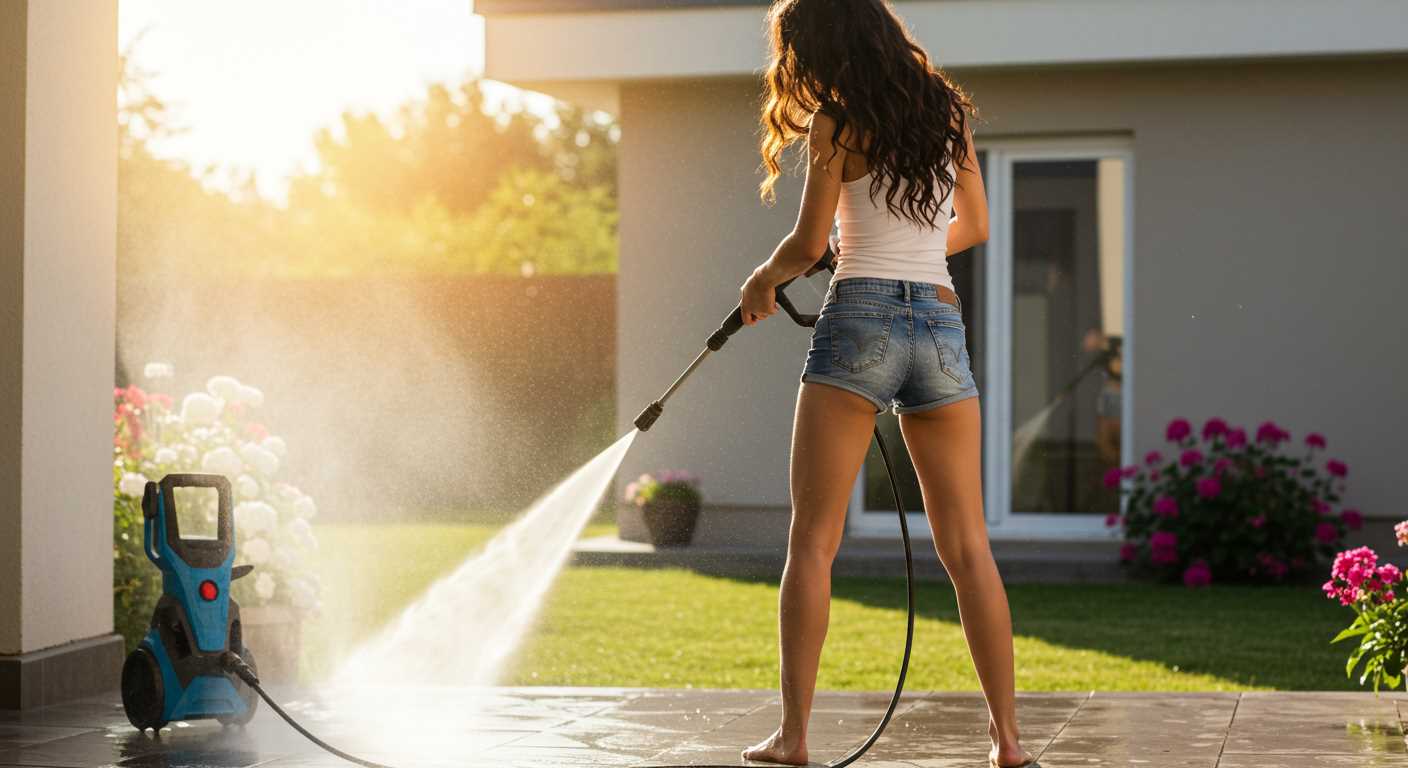
For optimal results, insert the nozzle into the affected area, taking care to position it correctly to avoid damaging the pipes. Start at a lower pressure setting, gradually increasing intensity as needed. Always wear appropriate safety gear to protect against debris and potentially hazardous materials that may be expelled during the cleaning process.
Routine maintenance of plumbing systems can be complemented by this method. Regular application helps reduce future clogs and maintain optimal flow conditions.
Identifying the Types of Clogs Suitable for High-Pressure Water Removal
Not all blockages respond well to high-pressure water techniques. It’s advisable to focus on specific types that can effectively be resolved with this method.
Organic Matter: Accumulations of food waste, hair, and grease commonly build up in pipes. These materials break down under the force of pressurised water, allowing for successful removal.
Mineral Deposits: Hard water can lead to the formation of scale within plumbing systems. High-pressure jets can dislodge these stubborn mineral deposits, restoring flow.
Tree Roots: Invasive roots can infiltrate sewer lines, causing severe blockages. High-velocity water can cut through the roots, offering a solution to this challenging issue.
Combined Clogs: Instances where multiple materials contribute to a blockage may yield well to high-powered jets. For effective results, a targeted approach is necessary to address each clog component.
Always assess the specific situation before applying high-pressure techniques to ensure damaging sensitive plumbing isn’t a concern. Regular maintenance can prevent many of these issues from developing over time.
Safety Precautions When Using a Pressure Washer on Drains
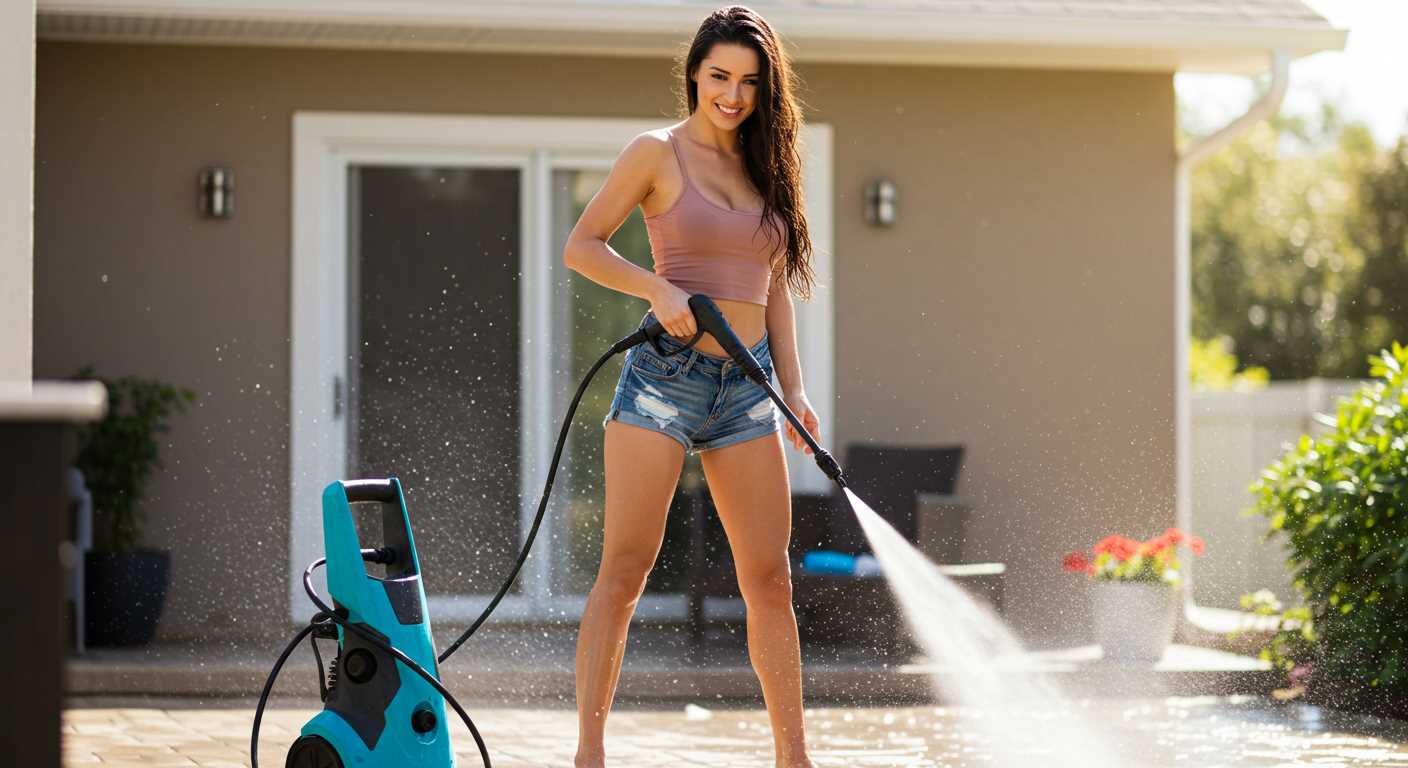
Always wear protective eyewear to shield your eyes from debris and potential splashes. A full-face shield is advisable for added safety. Long gloves and sturdy footwear are necessary to protect your hands and feet from water and chemicals involved.
Check the surroundings before starting any task. Remove any loose items or obstacles near the work area to prevent accidents. Mark the area where you will operate the equipment to keep others at a safe distance.
Inspect all equipment thoroughly. Ensure hoses, nozzles, and fittings are in good condition to prevent leaks or bursts during use. A malfunctioning component can lead to serious injuries.
Maintain a stable stance while handling the machinery. Stand firmly, keeping feet shoulder-width apart for balance. Avoid working on slippery surfaces that can lead to falls.
Adjust the pressure settings carefully. Low pressure is often more suitable for clearing obstructions, reducing the risk of damage to pipes and fittings. Start at a lower pressure and gradually increase it if necessary, monitoring the response of the system.
Direct the nozzle away from yourself and bystanders. Always aim it at an angle to avoid ricochets, which can cause injuries. Control the spray direction to keep the focus on the blockage rather than the remaining piping.
Be aware of the water temperature if using heated systems. High temperatures can cause burns, so proper handling and a safe distance from the nozzle are essential.
Finally, always adhere to the manufacturer’s guidelines for equipment usage. Familiarise yourself with the safety recommendations specific to the model in use, as different devices may have unique requirements.
Step-by-step guide to using a pressure washer on a clogged drain
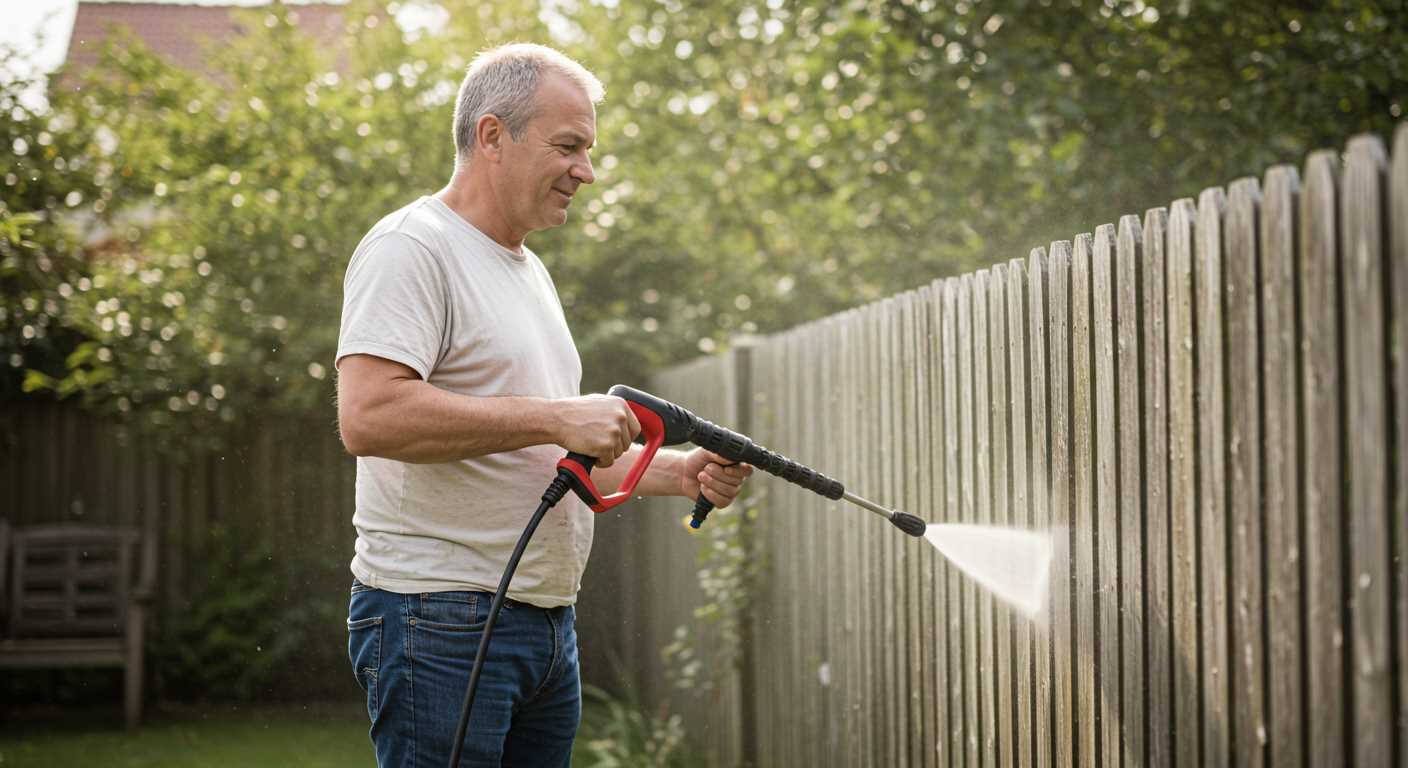
Begin by assembling the necessary equipment. Ensure the cleaning device is compatible with the attachments designed for drainage use, such as a sewer jetter or a specific nozzle capable of generating high-pressure water streams.
Next, locate the access point to the obstructed pipe. This could be a cleanout fitting or a drain grate. Remove any covers or caps cautiously to avoid damage.
Attach the sewer jetter to the wand of the device. This target-oriented accessory is critical for focusing the water energy where it is needed most. Insert the nozzle into the opening of the pipe, ensuring it doesn’t jam.
Before operation, check that the area is clear of any obstructions or unwanted materials that might get displaced during the process. Adjust the pressure level to a suitable setting, typically at least 2000 PSI is recommended for residential applications.
Activate the machinery while keeping a firm grip. As the water surges through the hose, it will push against any build-up, helping to break apart the blockage. Progressively feed the nozzle deeper into the pipe as the blockage clears.
Monitor the flow of water; a noticeable change is often a sign that the obstruction is dislodged. If the water begins to drain more freely, continue until the flow appears consistent.
Once completed, turn off the equipment and carefully retrieve the nozzle. Inspect the opening for any remaining debris. Clean the access point before replacing any covers or grates to prevent future issues.
Finally, maintain equipment by flushing the hoses with clean water after use to prevent any residue build-up. Regular checks and cleaning will enhance longevity and performance.
Common Mistakes to Avoid with Pressure Washing Drains
Avoid the misconception that higher pressure guarantees better results. Excessive force can damage pipes, especially older or fragile ones. Finding the right balance is key.
Incorrect Nozzle Selection
Using the wrong nozzle can lead to ineffective cleaning. For instance, a wide-angle nozzle may not deliver the focused stream necessary to penetrate deep clogs. Opt for a rotating or narrow nozzle for enhanced precision.
Neglecting to Clear Surface Debris
Before applying water jetting techniques, always clear away visible debris from the surface. Failing to do so can cause backflow and hinder the effectiveness of the cleaning process.
- Ensure the area is dry and free of leaves, dirt, or any obstructions.
- Check connections and hoses for leaks prior to starting.
Ignoring Safety Measures
Inappropriate attire or lack of protective gear significantly increases the risk of injury. Always wear safety goggles and gloves to protect against flying debris and chemical exposure. Make it a habit to check your outfit before starting the work.
Overlooking the Importance of Drain Inspection
Before beginning, conduct a thorough assessment of the situation. Missing cracks, misaligned pipes, or existing blockages can complicate the process if not dealt with first. This ensures a smoother experience overall.
Improper Angle and Distance
Positioning the wand too close to the surface or at the wrong angle can lead to damage. Maintain an appropriate distance to prevent excessive wear on pipes and fixtures. Aim for about a foot away for general use and adjust as necessary.
Skipping Post-Cleaning Maintenance
.jpg)
After addressing issues, it’s essential to flush the system with clean water to remove any leftover particles. This step prevents future clogs and promotes optimal drainage flow.
By steering clear of these common pitfalls, the task becomes not only safer but much more effective. A well-thought-out approach transforms a challenging situation into manageable success. Incorporate these practices, and you’ll notice a significant difference in your outcomes.
Alternative methods to unclog a drain without pressure washing
For persistent blockages, consider using a plumbing snake. This tool efficiently navigates through pipes, dislodging debris without causing damage. Choose a snake that matches the diameter of your pipes for optimal results.
Baking Soda and Vinegar
A simple remedy involves combining baking soda and vinegar. Pour one cup of baking soda down the target pipe, followed by one cup of vinegar. Allow the mixture to fizz for 30 minutes, then flush with hot water. This method breaks down minor obstructions and eliminates odours.
Wet/Dry Vacuum
A wet/dry vacuum can be invaluable for suctioning out various materials. Ensure the vacuum is set to liquid mode. Create a tight seal around the drain opening, then activate the vacuum. This technique successfully removes debris that traditional methods might miss.
| Method | Description | Effectiveness |
|---|---|---|
| Plumbing Snake | Manoeuvres through pipes to dislodge clogs | High |
| Baking Soda & Vinegar | Natural solution that fizzes to break down blockages | Moderate |
| Wet/Dry Vacuum | Suction method for removing materials | High |
For severe blockages, chemical drain cleaners are an option. However, exercise caution as they can damage pipes if used excessively. Always follow the manufacturer’s instructions and wear protective gear.
Lastly, regular maintenance can help prevent future issues. Periodically flushing pipes with hot water or using a strainer in sinks and tubs can keep debris from accumulating.
When to Call a Professional Instead of DIY Pressure Washing
In certain situations, enlisting the expertise of a specialist becomes necessary. If the obstruction persists despite multiple attempts with high-powered cleaning equipment, it’s a clear indication that the problem is likely more severe. Persistent blockages may indicate deeper issues within the plumbing system, such as damaged pipes or roots infiltrating the infrastructure.
Signs Indicating Professional Intervention
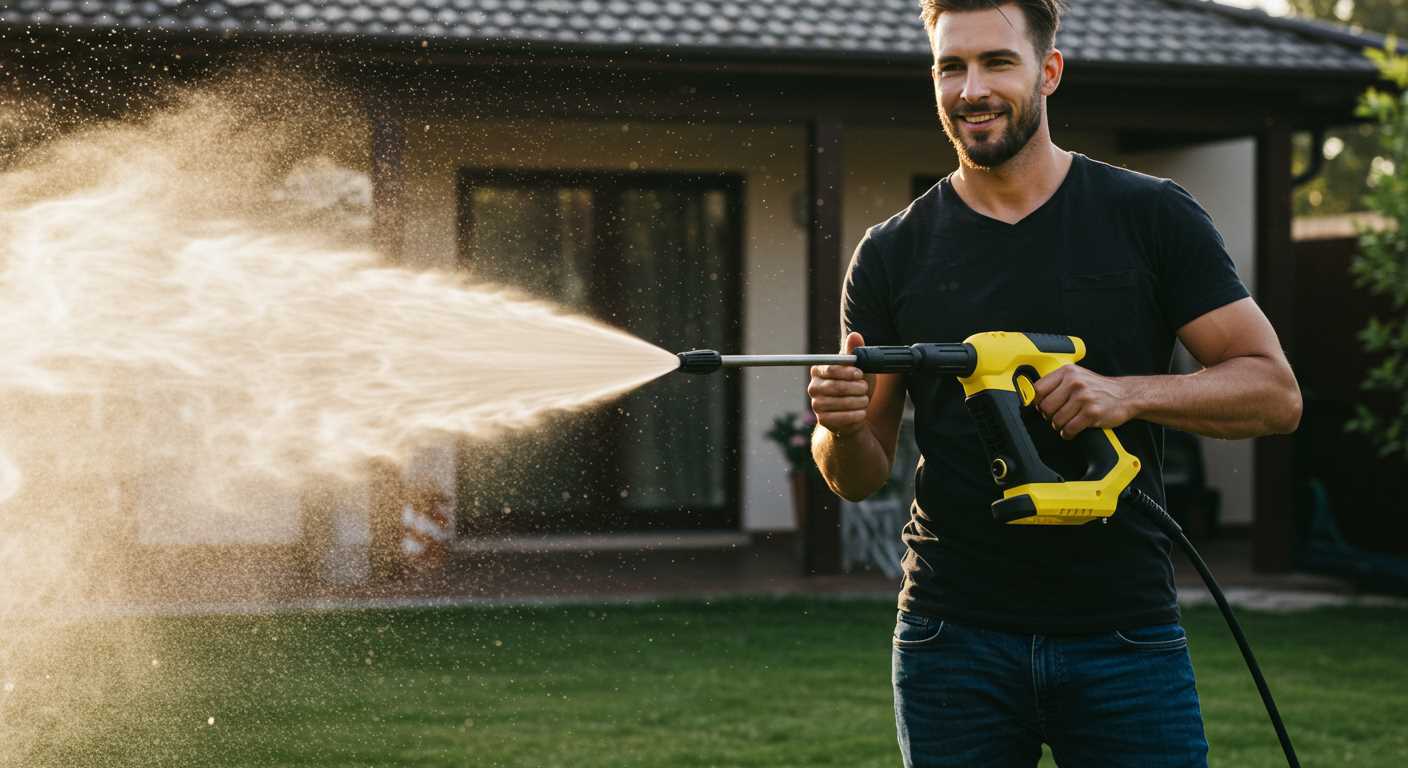
Visible damage, such as cracks or breaks in the piping, should never be overlooked. Observing such issues during inspection means that further action is needed, often beyond typical cleaning methods. If the water flow is slow across multiple fixtures in your property, this could signal a central problem needing immediate professional attention.
In cases where previous interventions have resulted in minimal or no improvement, reaching out to a skilled technician is advisable. They possess advanced tools like augers and video inspection equipment, allowing for precise diagnosis and effective resolution of complex pipe issues. Safety concerns are also paramount; if uncertain about using cleaning equipment, hiring a knowledgeable technician to handle the work safely is a sound decision.
Potential Risks of DIY Approaches
Attempts at resolving significant blockages without adequate knowledge may lead to property damage, injuries or worsen existing problems. If you feel uncertain or lack experience, the most prudent course is to consult with a qualified professional to avoid potential pitfalls. Prioritising safety and long-term functionality of your plumbing system is fundamental.



